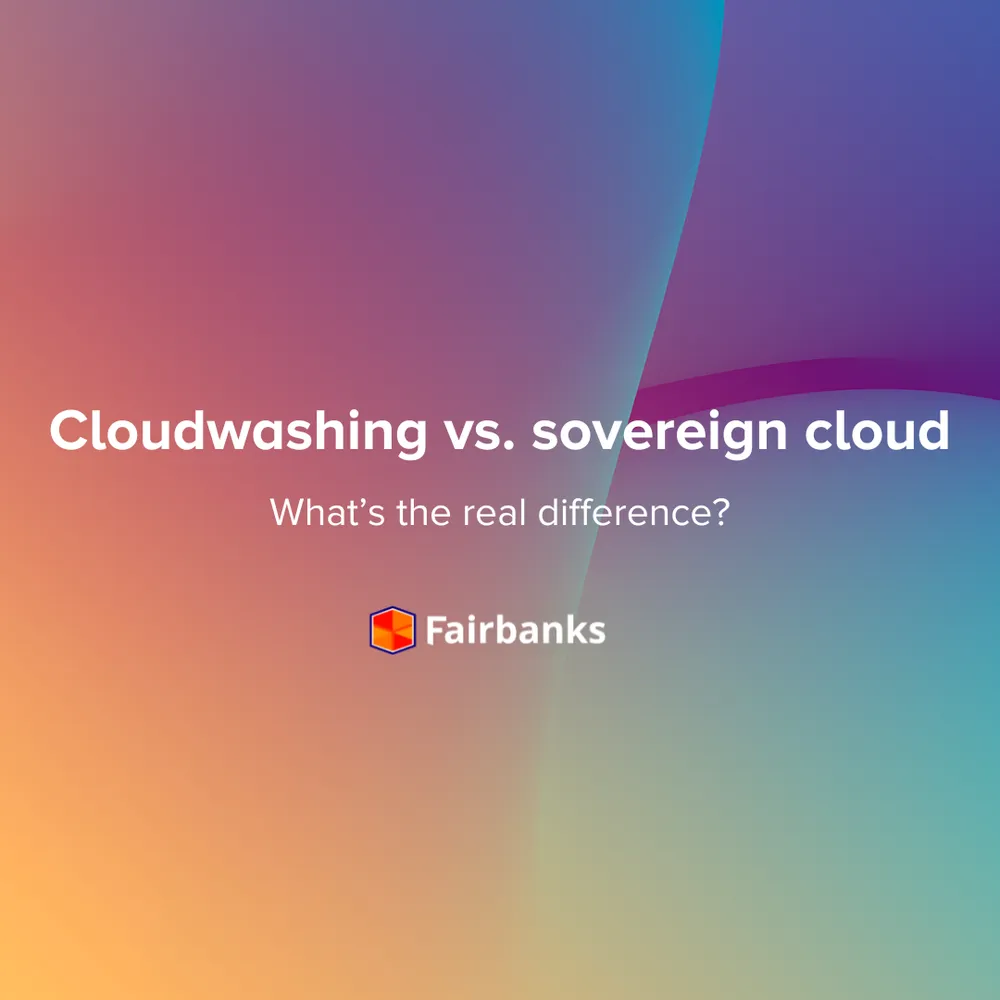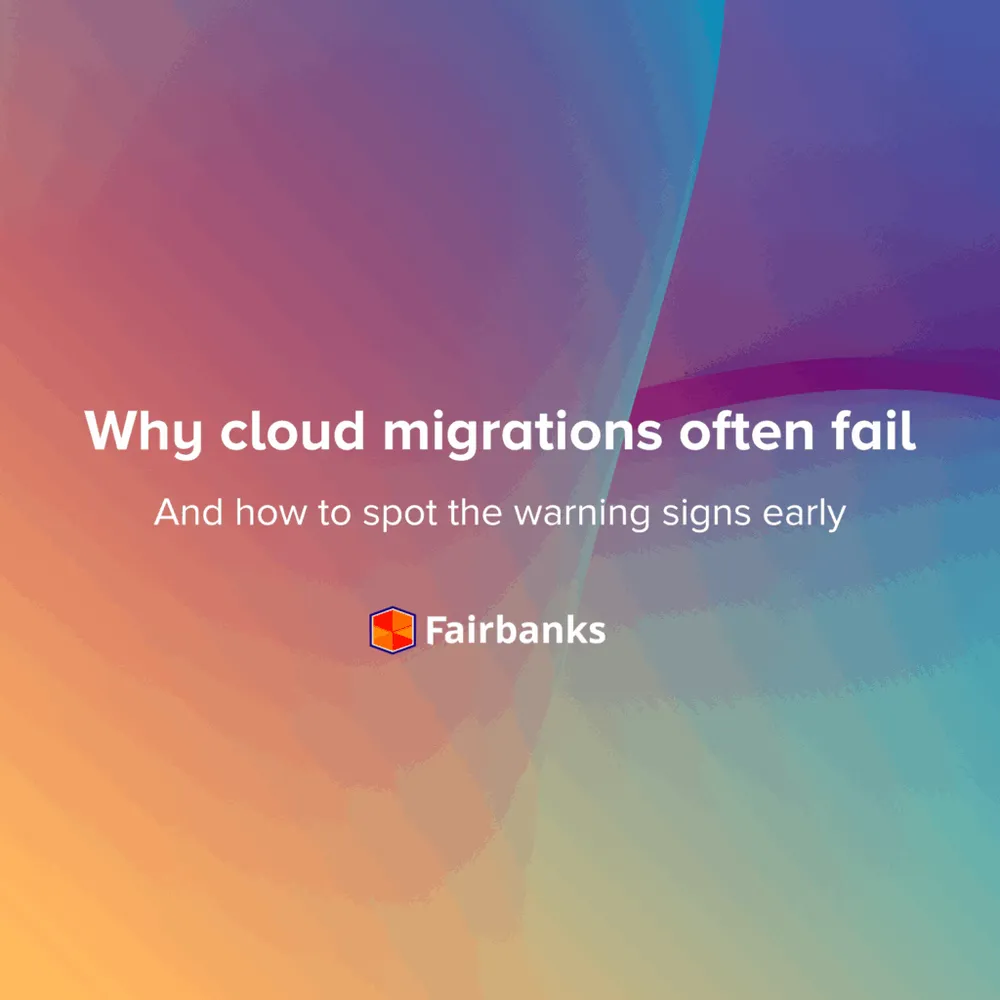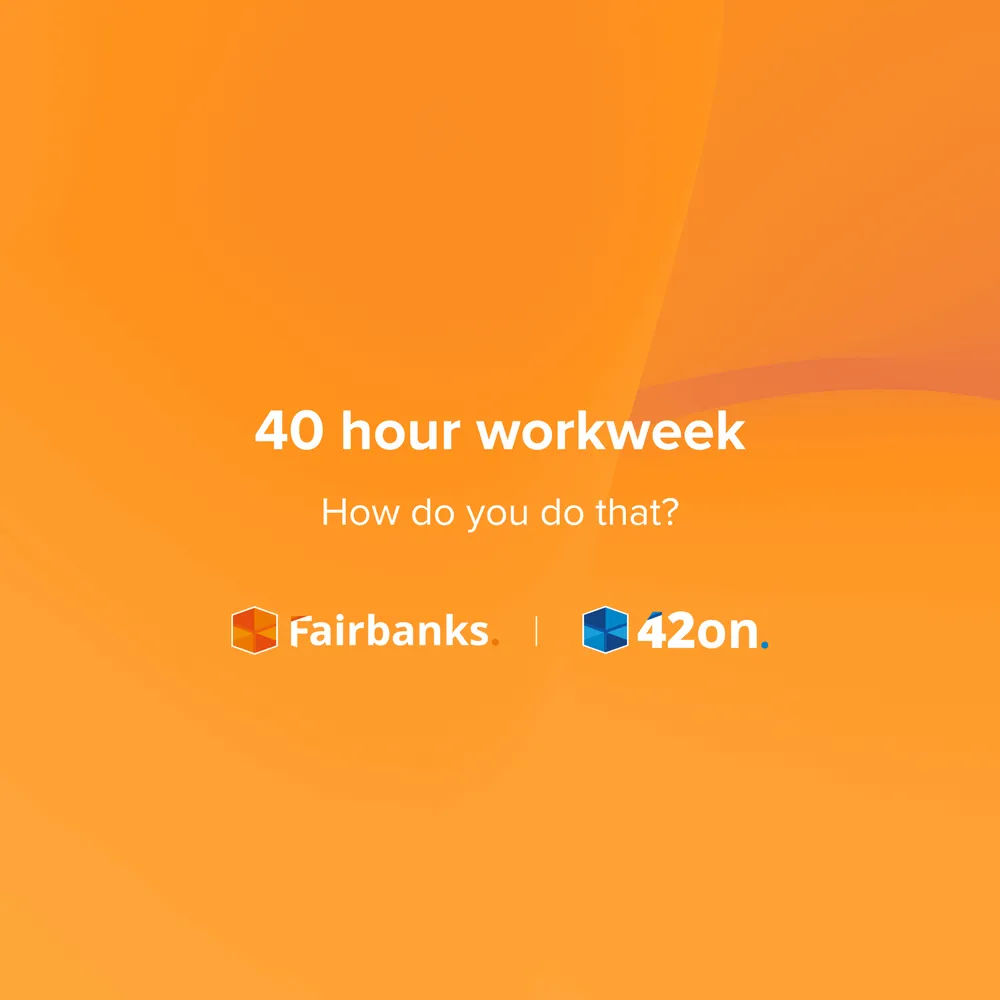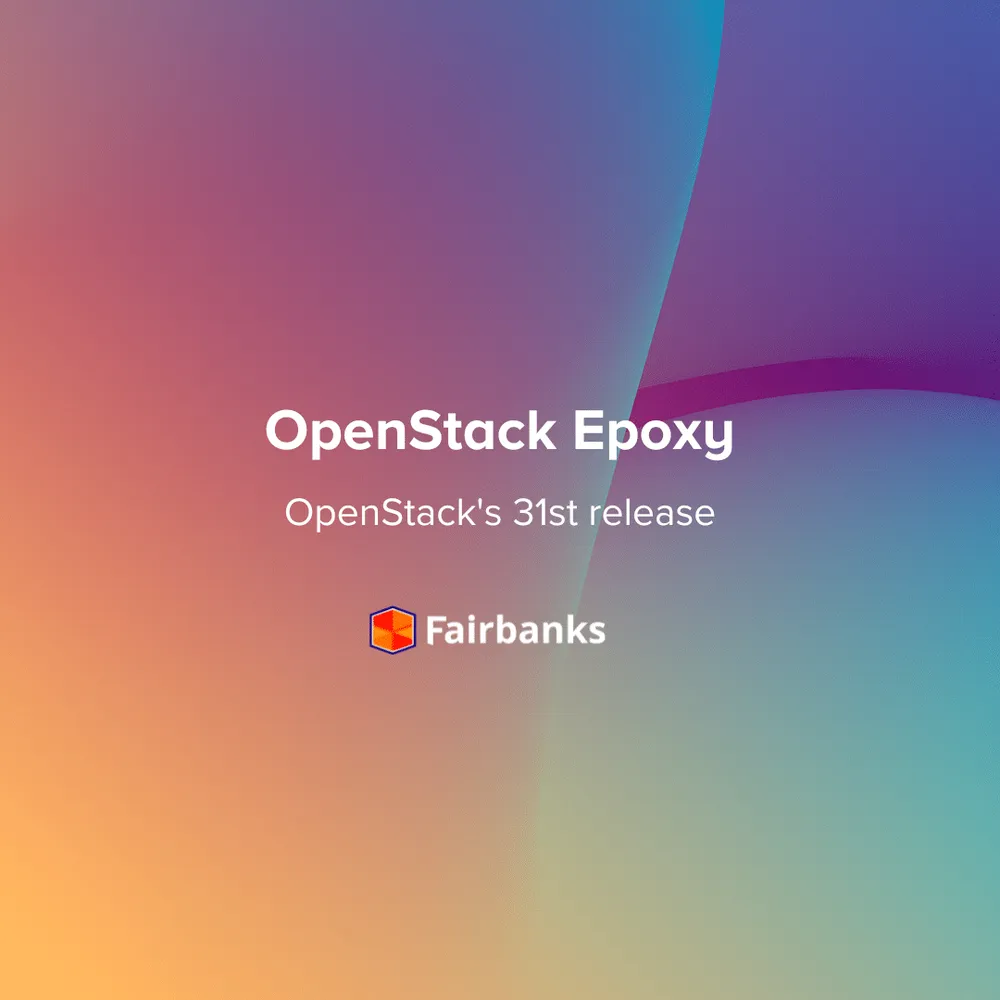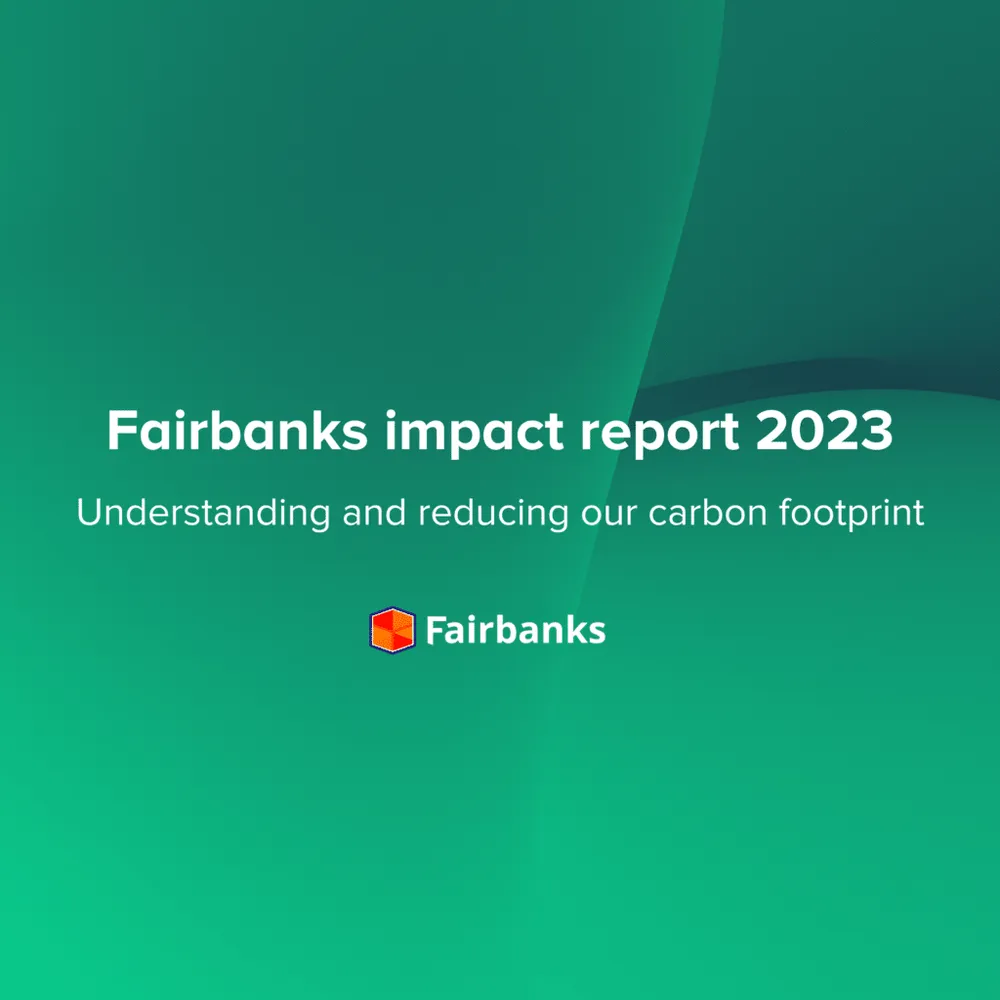Post VMware: What to prioritize in 2025
Moving away from VMware is no longer a theoretical discussion. It’s happening and for most leaders, the focus isn’t just on what they’re leaving behind, but what they’re working toward.
Over the past year, we’ve spoken with many organizations that are in the middle of this transition. While their situations vary, their priorities are surprisingly consistent. This shift isn’t just about replacing a technology platform. It’s about setting a new direction for infrastructure.
Here’s what’s standing out in 2025.
Regaining control
For years, VMware gave teams a sense of reliability, but it also came with growing dependency. Licensing changes, roadmap changes, and support limitations have made many CIOs rethink who’s really in charge of their infrastructure. The move away from VMware is, at its core, a move to regain control. Not just technically, but strategically.
With OpenStack, organizations aren’t boxed into predefined service bundles or locked into upgrade cycles they didn’t ask for. They can shape their infrastructure around their own priorities, whether that means scaling in short cycles, isolating specific workloads, or aligning infrastructure updates with internal processes rather than vendor timelines. It’s not about replacing one system with another. It’s about choosing a model where the organization sets the terms, not the vendor.
Making costs add up
Budget discussions in 2025 are less about saving money and more about spending it well. VMware’s licensing costs have become harder to justify, especially when compared to flexible, usage-based alternatives. But cost optimization isn’t as simple as switching to open source.
The organizations that benefit most are the ones that build in a way that avoids surprises. That means understanding actual workload patterns, avoiding overprovisioning, and designing environments that can be scaled incrementally. They’re also thinking ahead: how much will it cost to maintain this in two years? What happens if we need to double capacity next quarter? Open infrastructure, done right, brings clarity to these questions, because there’s no hidden logic, no closed dashboard, and no unpredictable licensing spike down the road.
Simplifying operations, not adding complexity
A lot of teams worry that replacing VMware means more manual work, more tools to learn, and more that can go wrong. And in some cases, that’s true if you swap platforms without a clear plan, complexity creeps in.
The more successful approaches we’ve seen start small, then grow with confidence. External support is used not as a crutch but as a bridge. Internal teams are trained to handle recurring tasks, supported by clear documentation and tooling that fits their existing workflow. Most importantly, there’s a shared goal from day one: create a system that can be owned and operated internally, without becoming a burden. It’s a shift in mindset, away from full outsourcing, toward sustainable autonomy.
Staying in control of data and technology
Regulations like the NIS2 directive, combined with growing concerns around data access and supply chain risk, have made digital sovereignty a top priority, not just for governments, but for companies across sectors. More CIOs are being asked: Do we know where our data lives? Who can access it? And what happens if a provider changes the rules?
Storage plays a central role in this conversation. Tools like Ceph are gaining traction because they offer more than just cost savings, they provide transparency. Organizations can define their own replication policies, integrate with different environments (on-prem, edge, cloud), and retain full visibility and control over how data moves. It’s not just about compliance, it’s about resilience.
Building something that’s ready for what’s next
This moment isn’t just about swapping out a hypervisor. It’s an opportunity to modernize the entire foundation. Most infrastructure teams we talk to aren’t rebuilding what they had under VMware. They’re redesigning it to support what they know is coming.
For many CXOs, the VMware conversation has changed a bit. It’s no longer about short-term workarounds. It’s about long-term direction, and making sure their infrastructure is something they can shape, understand, and fully rely on.
That includes native support for containers, seamless integration with automation tools, and flexible networking that can handle dynamic, distributed environments. It also means planning for AI workloads which are highly demanding in terms of data movement, GPU scheduling, and storage performance. The post-VMware phase isn’t just about change, it’s about building something that’s ready for long-term growth.
If you’re rethinking your own VMware setup and want to see how others are approaching it, we’ve collected the key lessons and examples in a white paper you can download through this link: https://fairbanks.nl/our-technologies/vmware/

